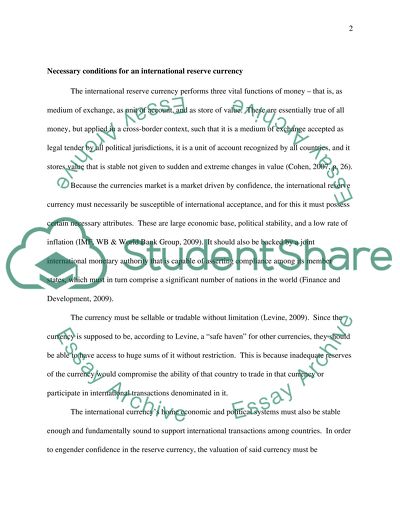Cite this document
(“Potential Role of The Yuan as the New Reserve Currency Essay”, n.d.)
Retrieved from https://studentshare.org/macro-microeconomics/1404929-potential-role-of-the-yuan-as-the-new-reserve-currency
Retrieved from https://studentshare.org/macro-microeconomics/1404929-potential-role-of-the-yuan-as-the-new-reserve-currency
(Potential Role of The Yuan As the New Reserve Currency Essay)
https://studentshare.org/macro-microeconomics/1404929-potential-role-of-the-yuan-as-the-new-reserve-currency.
https://studentshare.org/macro-microeconomics/1404929-potential-role-of-the-yuan-as-the-new-reserve-currency.
“Potential Role of The Yuan As the New Reserve Currency Essay”, n.d. https://studentshare.org/macro-microeconomics/1404929-potential-role-of-the-yuan-as-the-new-reserve-currency.


